A few years ago, “AI in marketing” meant a tool that wrote a couple of awkward blog intros. If not that, a chatbot that couldn’t answer the simplest customer question. All pretty cute, but hardly transformative. Fast-forward to Cannes Lions 2025, where 71% of CMOs openly admitted they’ll be spending over $10 million a year on AI-driven marketing. This is not for gimmicks, but to nail personalization. This is to streamline workflows, and generate customer insights that actually grow revenue. And it’s not just a Western trend. In India, 70% of CEOs expect generative AI marketing to reshape marketing and value creation within the next three years.
Nearly three-quarters of the country’s retailers are preparing to adopt GenAI within the year. If that sounds fast, it’s because it is. When entire industries start rewiring themselves around a single technology, it stops being a “trend”. It becomes a norm, a new operating system.
This is the shift: marketing is no longer about speed for its own sake. It’s about intimacy. Reaching everyone was yesterday’s goal. Reaching the right person, at the right time, with the right message, at scale that’s the new game. And this is precisely the world Bumppd was built for: a platform born from AI engineers turned marketers.
Efficiency Is Dead. Long Live Precision.
For years, the AI story in marketing was about shaving hours off tedious tasks. Tasks like auto-cropping images or suggesting synonyms or drafting emails that still needed a rewrite. It was useful, sure but it wasn’t really game-changing.
As generative AI developed more, the entire conversation shifted. It doesn’t just make production faster; it makes output smarter. For example, take an ad copy that reshapes itself based on the reader’s browsing history. Or landing pages that change headlines depending on whether a user came from TikTok, Google, or an email newsletter. Or predictive clustering that knows which customers are about to churn before they do.
This is what hyper personalization marketing really means, high-fidelity and behavior-driven marketing. This feels natural to the customer and is wildly efficient to the brand. Deloitte calls it “bringing efficiency, creativity, and precision to personalized content” across every channel.
And here’s the thing, if it is done well, personalization along with being a loyalty tactic becomes a growth engine. If your messaging learns faster than your competitors’, your campaigns convert faster too.
What Hyper-Personalization Looks Like in Practice?
We’ve all heard the buzzwords. But what does this look like when it’s not a pitch deck? Here’s a glimpse of the machinery at work:
- Dynamic creative assembly: Instead of producing one static ad, GenAI generates multiple headlines, visuals, and calls-to-action, remixing them for different audiences. The system then tests and optimizes combinations in real time.
- Predictive micro-segments: Beyond demographics, AI identifies customers by behavioral signals: who’s most likely to click, to convert, to churn. Messages adjust accordingly.
- Journey-aware content: Your homepage, chatbot, or email doesn’t just know who you are; it knows where you are in the journey. New visitor? Curious lurker? Ready-to-buy returnee? The content adapts instantly.
- Generative Engine Optimization (GEO): As AI-powered search engines gain traction, content must be packaged to be machine-readable and answer-worthy. Structured proof blocks, FAQs, and crisp data summaries now matter as much as keywords.
- Privacy-safe personalization: With cookies on their way out, personalization must lean on first-party data and consented signals. Done right, it feels less invasive and builds trust. Deloitte calls this turning privacy into a “loyalty advantage.”
If this feels overwhelming, that’s because it is unless you have the right scaffolding. Which is where Bumppd comes in. The platform automates the grunt work (generating variants, segmenting audiences, running experiments) while enforcing brand guardrails and surfacing real ROI. It’s not just automation; it’s automation with discipline.
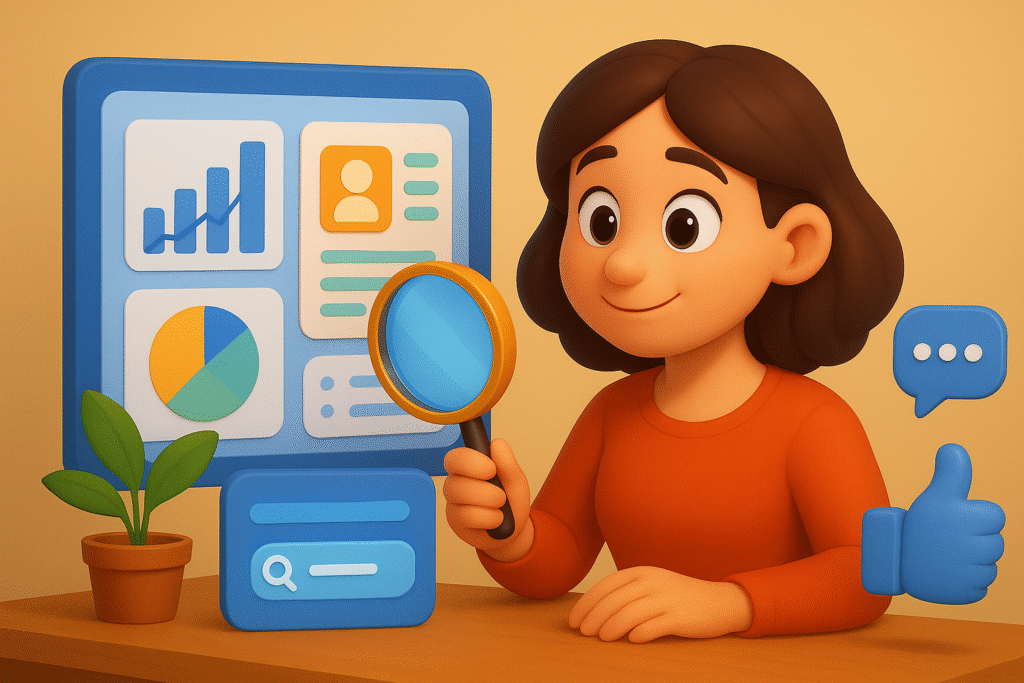
Why Is Big Money Moving?
CMOs aren’t throwing $10 million at generative AI marketing personalization because it’s fashionable. They’re seeing signals that justify the spend:
- Proven returns: Deloitte reports that early adopters of GenAI in marketing are already posting double-digit ROI gains in content operations.
- Consumer demand: According to Capgemini, 71% of consumers especially Gen Z and Millennials want generative AI woven into their shopping experiences. If your brand isn’t personalizing, it’s behind.
- Operational leverage: At Cannes, marketing leaders hammered home the same point: generative AI isn’t just creative help; its workflow acceleration, campaign precision, and insight generation in one package.
The logic is simple: brands that deploy AI today aren’t just saving time, they’re building a compounding advantage in how quickly they learn what works.
The India Signal
When you want to know where digital adoption is heading, look at markets where change moves fastest.
In India, 70% of CEOs already expect generative AI for marketing to redefine how businesses create value. That too with personalized marketing and customer experience at the top of the list. Meanwhile, 71% of retailers are preparing to adopt GenAI within the year, expecting 41–45% productivity gains in marketing and content functions.
That speed matters globally. Because once these practices prove effective in one region, they spread fast. If a competitor across the world learns how to reduce CAC by 20% with AI, you can bet the insight will cross borders in months, not years.
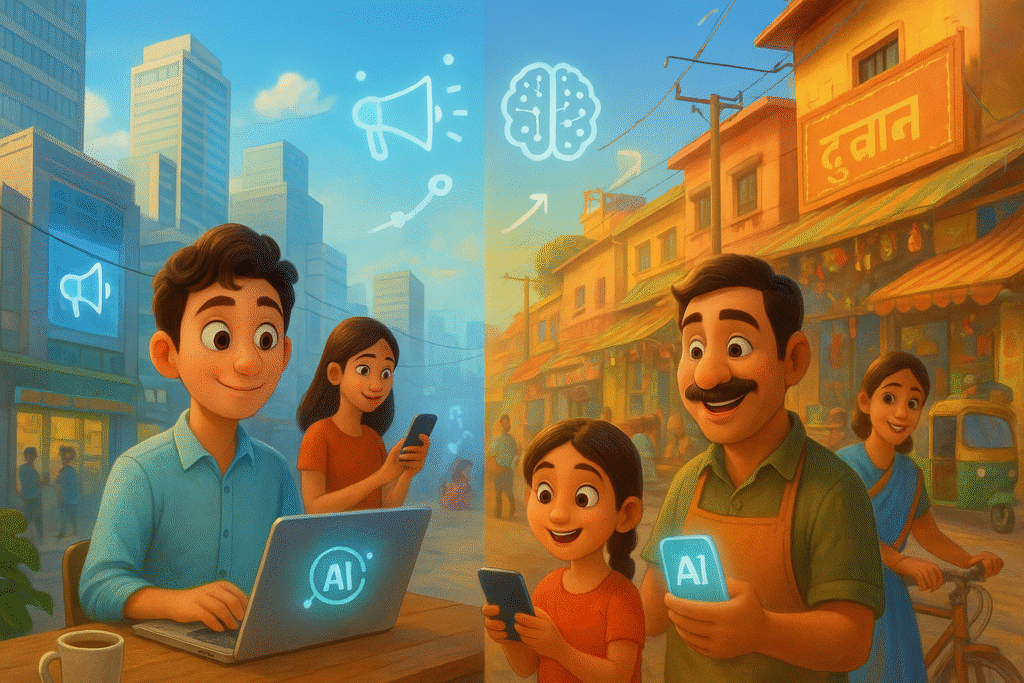
The Personalization Landscape (and How to Survive It)
|
Challenge |
How GenAI Helps | Pitfalls |
Bumppd’s Edge |
|
Creative overload |
Generate and remix thousands of variants | Brand voice drift, sameness | Guardrails that lock tone and style |
|
Smarter targeting |
Behavioral micro-segmentation |
Overfitting to tiny groups |
Practical segments + budget controls |
|
Journey orchestration |
Real-time adaptive content | Channel silos | Unified system across ads, email, web |
|
AI search visibility |
Machine-readable content |
Chasing algorithm fads |
Durable, structured “answer blocks” |
| ROI measurement | Incremental lift testing | Vanity metrics |
Lift-tested, creative-level reporting |
Avoiding the Traps
Let’s be clear: not every AI experiment is a win. Some are expensive science projects in disguise. Here are the banana peels most teams step on:
- Over-personalization that feels creepy. There’s a fine line between “useful” and “stalkerish.” Stick to contextual relevance, not confessional data mining.
- A/B testing theatre. Swapping button colours isn’t personalization; it’s procrastination. The real gains come from testing ideas, not cosmetics.
- Model drift. Left unchecked, generative AI can wander into off-brand territory. Without guardrails, you risk campaigns that sound like a talented stranger, not your brand.
- Measuring noise instead of signal. Dashboards are seductive, but unless you’re testing incrementality, you don’t know what’s driving revenue.
Bumppd was designed to dodge exactly these traps. Built by AI engineers who became marketing operators, it bakes discipline into the system: tone controls, variant gating, lift tests, and budget routing. It’s not just more content; it’s smarter content that proves its worth.
A Pragmatic Playbook (Four Weeks to Lift)
Hyper-personalization doesn’t need to be overwhelming. Here’s a quick path to getting started:
Week 1: Define the message matrix. Pick one revenue-critical surface (ads, landing page, onboarding email). Map out 6–8 interchangeable message elements (problem framing, proof type, offer, CTA).
Week 2: Generate & gate. Use AI to create 50–100 variants. Apply brand guardrails and QA, then kill half.
Week 3: Deploy & instrument. Launch the top variants with holdouts or geo splits. Track incrementality, not just CTR.
Week 4: Cull & scale. Promote the winners, retire the losers, and roll insights into your next surface.
With Bumppd, this cycle compresses dramatically: the platform generates gates, tests, and reports automatically, leaving your team free to focus on strategy.
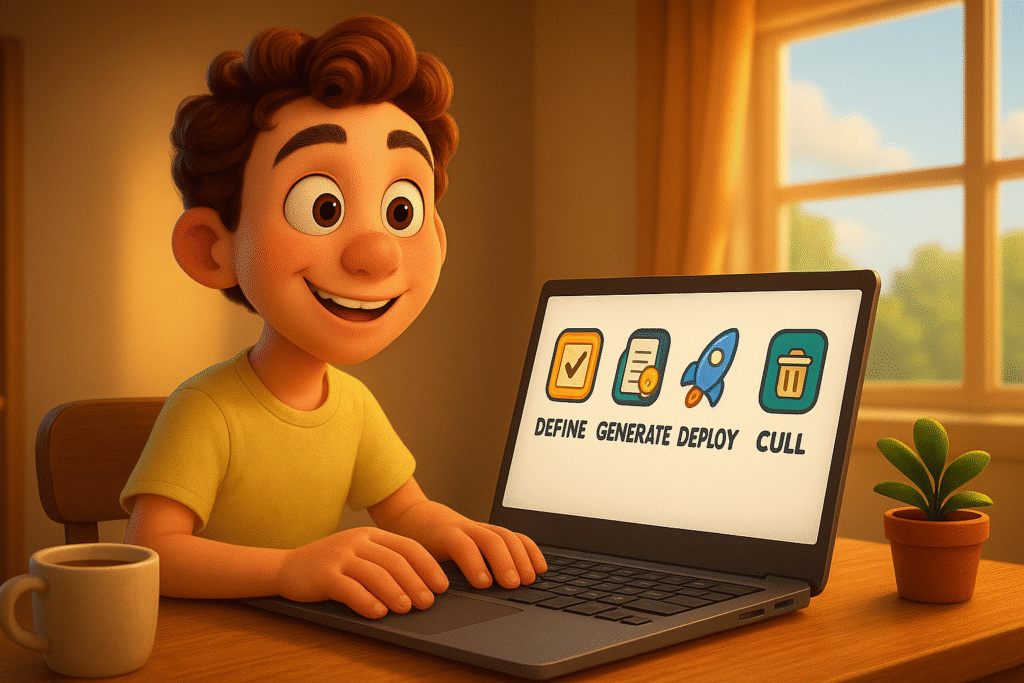
Where the Puck Is Going
The next 12 months will reward brands that:
- Scale creative breadth without sacrificing coherence.
- Package content so it’s legible to both humans and AI-powered search engines.
- Turn privacy into a loyalty driver with first-party data.
- Treat AI as part of the workflow, not just a shiny tool on the side.
This is why Bumppd feels ahead of the curve. It wasn’t bolted onto marketing after the fact. It was born from AI engineers who then learned to live and die by campaign performance. That DNA shows up everywhere: in the way the system balances freedom with guardrails, speed with measurement, and creativity with causality.
Closing
Generative AI content marketing is not another fad in the marketer’s toolbox. It’s the interface between your brand and your customer’s next decision. And it’s rewriting the rules of how fast we can learn what works.
The winners won’t be the loudest adopters, but the fastest learners, the ones who build feedback loops where every campaign gets sharper. Platforms like Bumppd exist to make that loop real: to generate, personalize, test, and prove lift at a scale no human team could match.
The question is no longer whether generative AI belongs in marketing. The question is whether your marketing can afford to wait while competitors are already spending $10 million a year to master it.
Frequently Asked Questions
1. How is generative AI used in marketing?
You ought to think of generative AI as your marketing team’s new creative partner. Instead of just speeding up routine tasks, it can write ad copy. It can even suggest visuals. AI today also designs landing page variations and even runs chatbots that feel natural. The real power, though, is how it personalizes all of this so two people might see the same campaign in completely different ways, depending on their behavior and interests.
2. What is hyper-personalization in generative AI marketing?
Hyper-personalization is basically the opposite of “one-size-fits-all” marketing. Instead of sending the same message to everyone, AI helps you speak directly to each customer. Picture an email that changes its subject line depending on what you’ve browsed, or a homepage that shifts its offers based on whether you’re a new visitor or a returning customer. That’s hyper-personalization in action marketing that actually feels like it’s made for you.
3. What are the challenges of generative AI marketing?
Like any powerful tool, AI in marketing comes with its hiccups. Sometimes the content can sound a little off-brand, or the personalization goes too far and feels invasive. Another big one: teams often measure the wrong things, like clicks, without proving whether it actually boosted sales. The trick is to put the right guardrails in place: keep the voice consistent, respect customer privacy, and focus on results that matter.
4. Is generative AI marketing worth the investment?
In short, yes. That’s why so many marketing leaders are already putting serious money behind it. The payoff is clearer campaigns, faster content production, and better customer engagement. But it’s not about replacing humans; it’s about giving teams a smarter set of tools. Brands that get in early are already seeing their campaigns perform better, while late adopters are struggling to catch up.
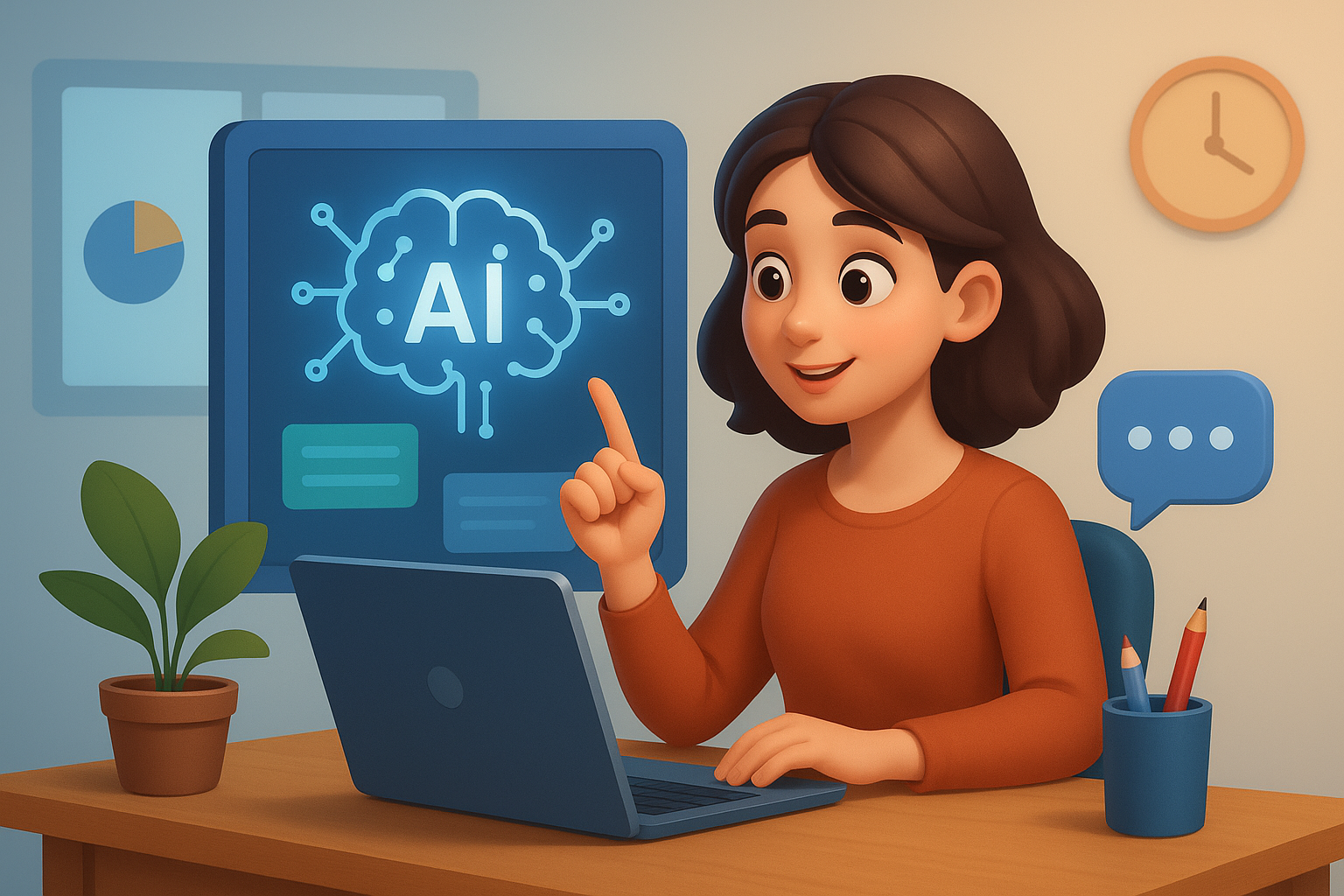
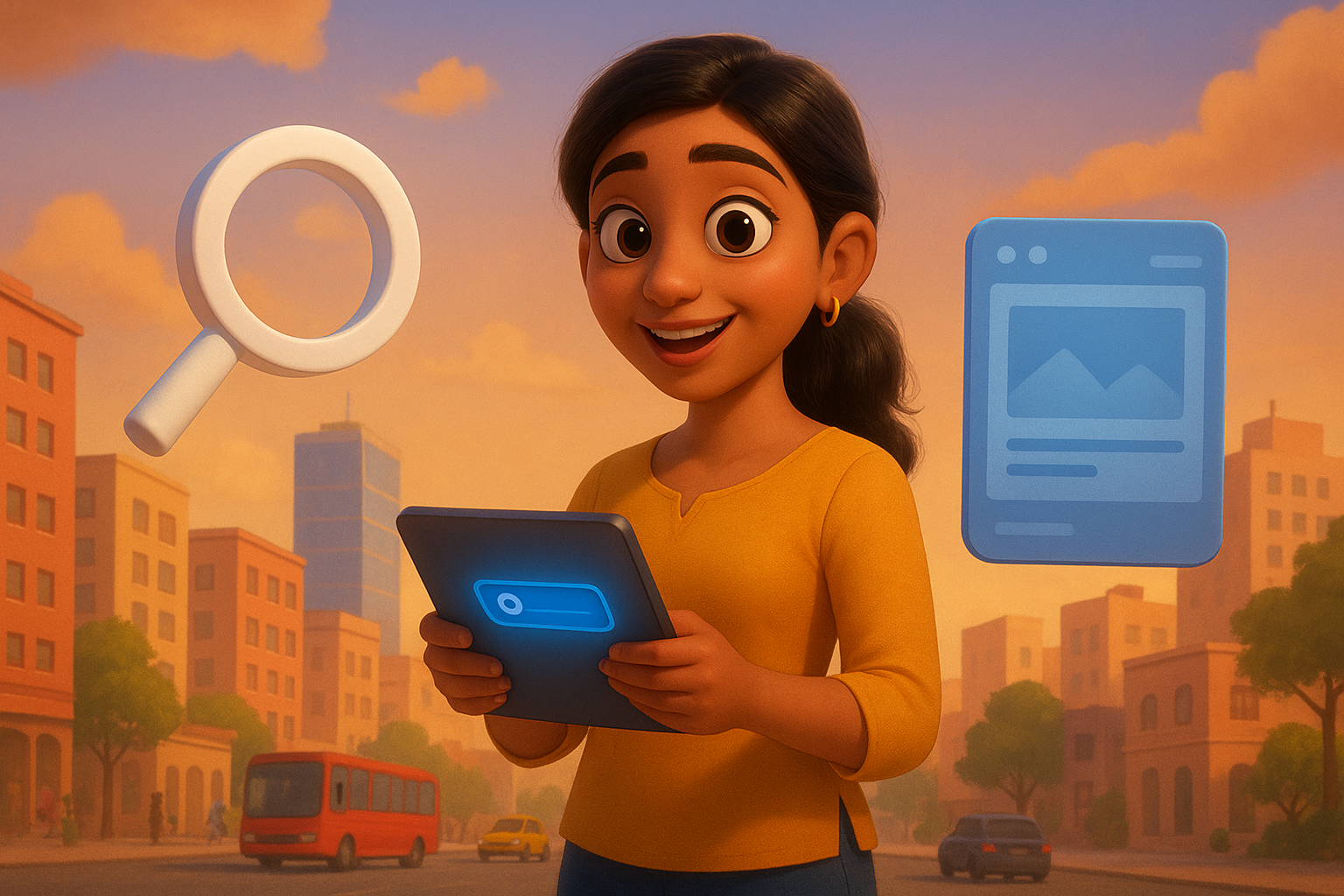
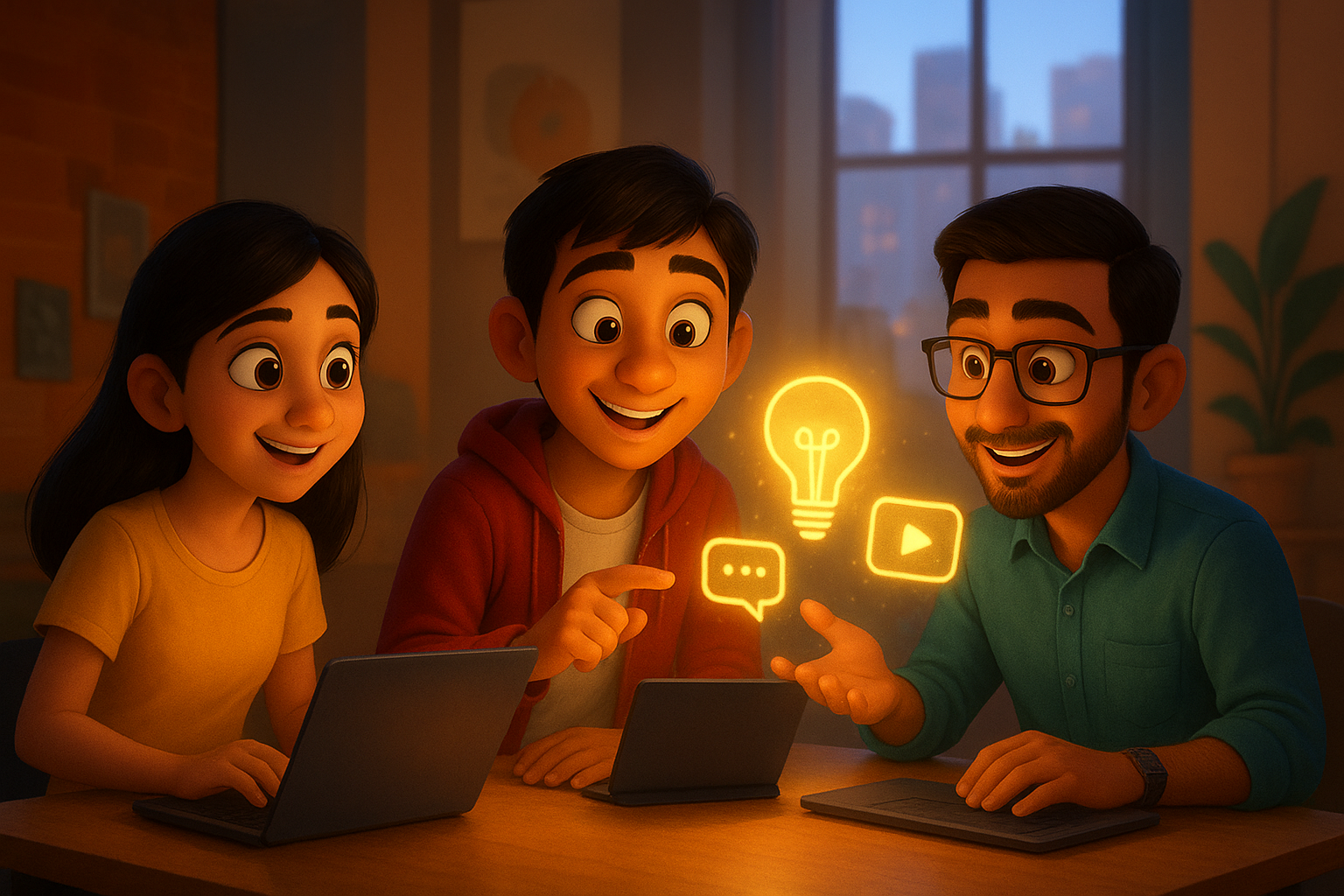
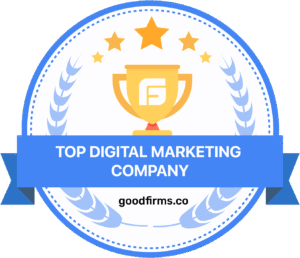
 +1-4159652566
+1-4159652566
 +91-8418866099
+91-8418866099
